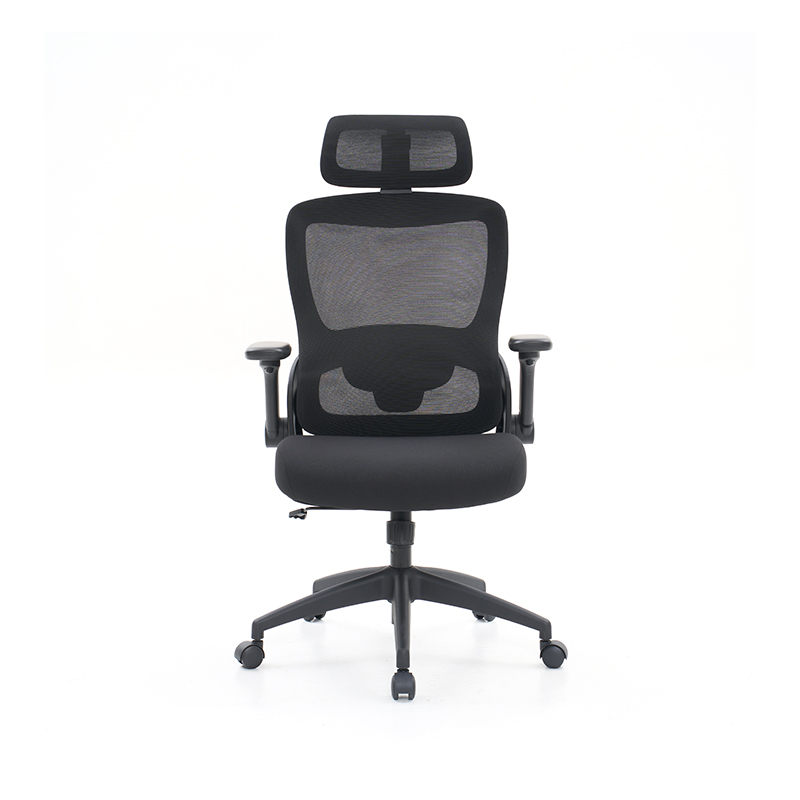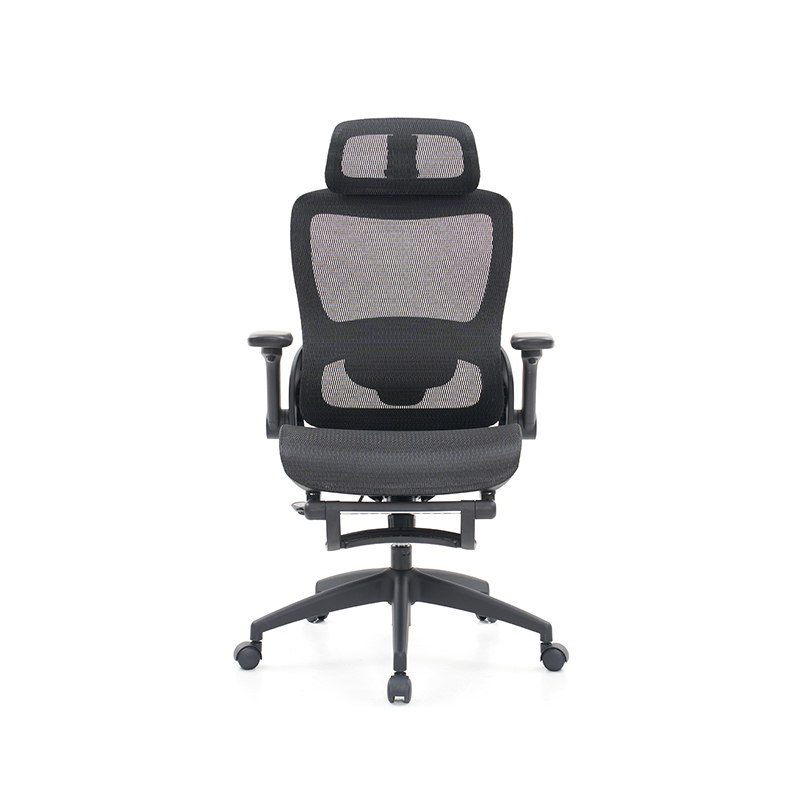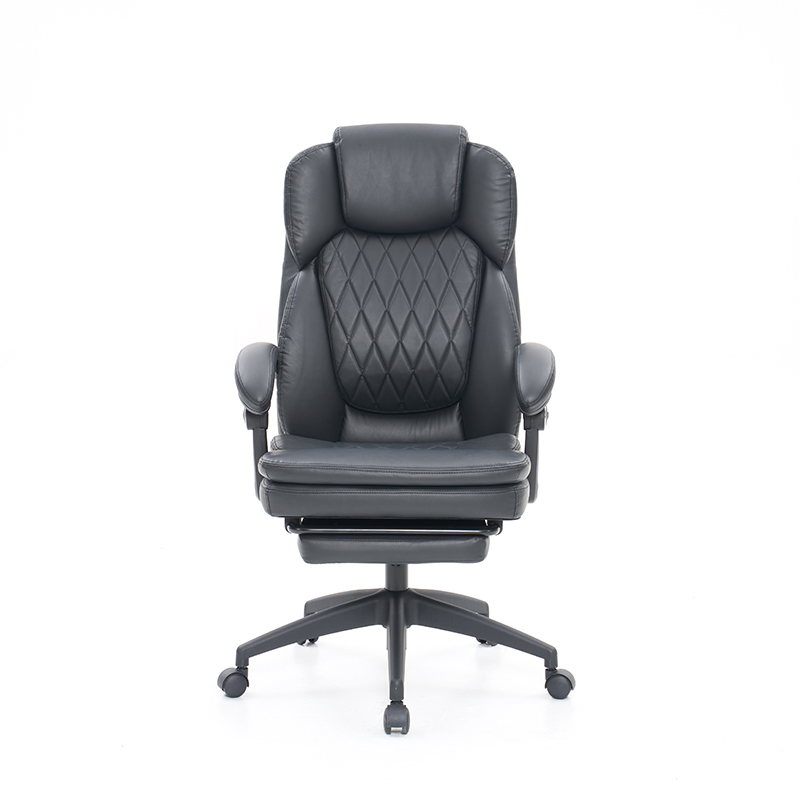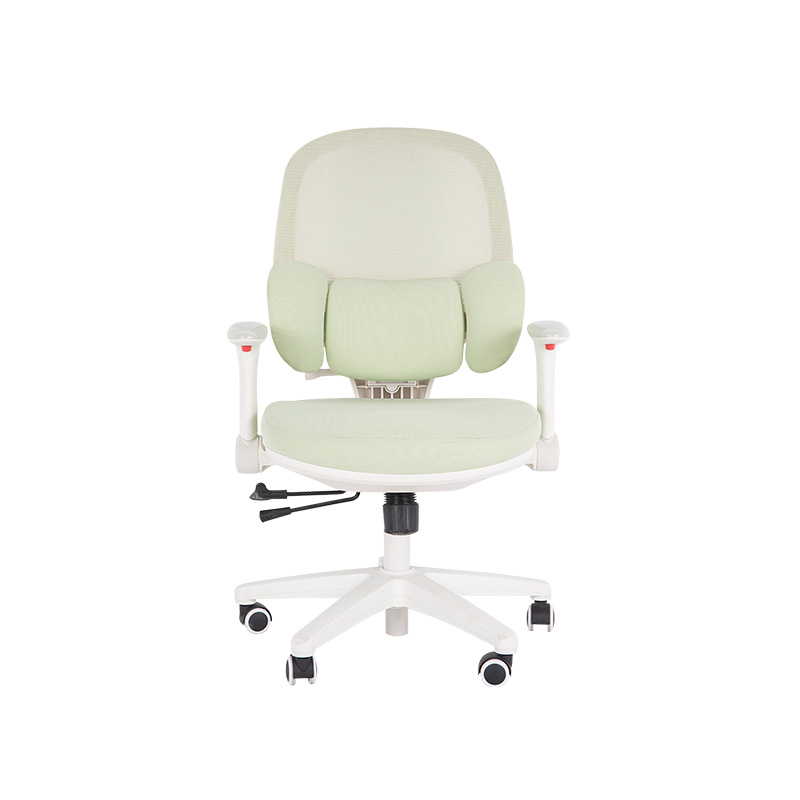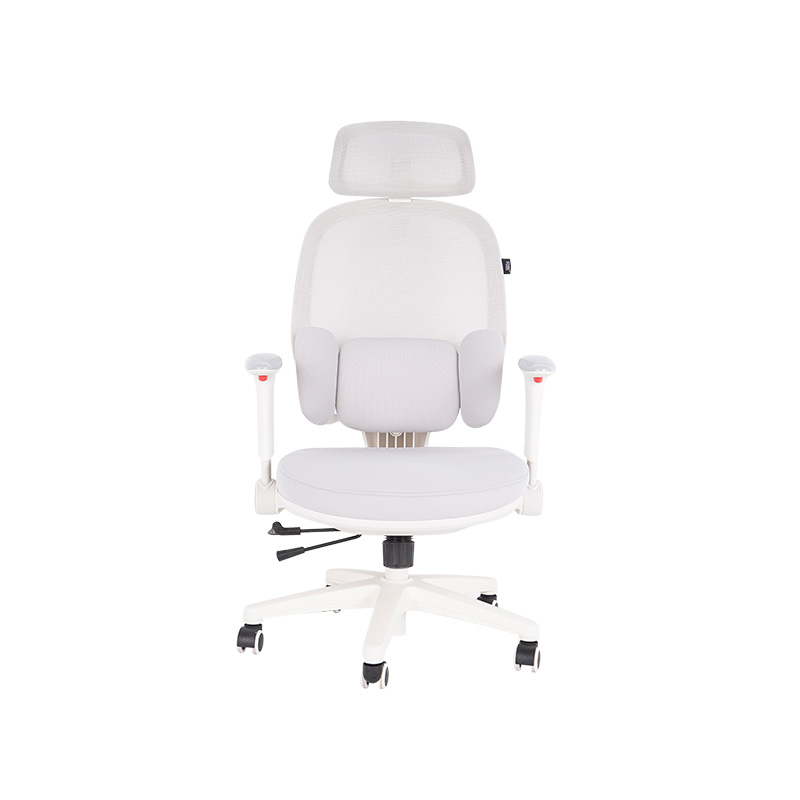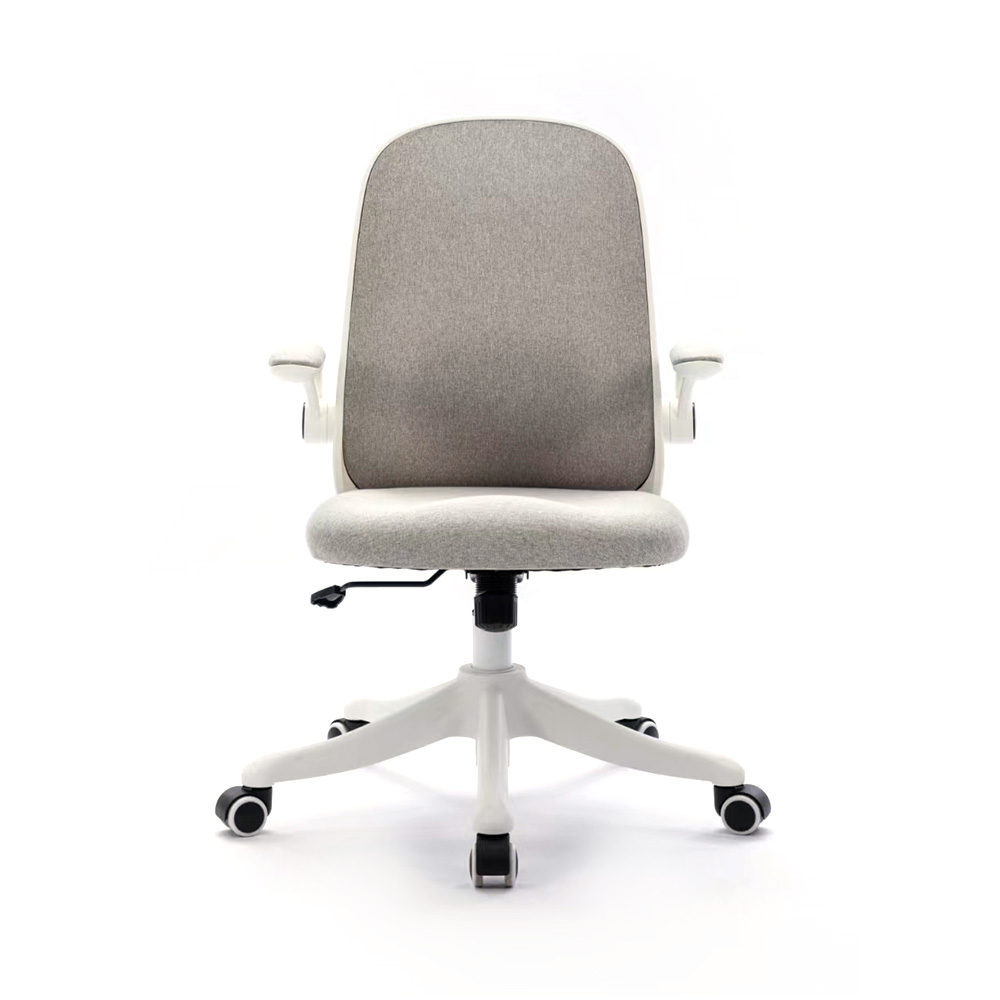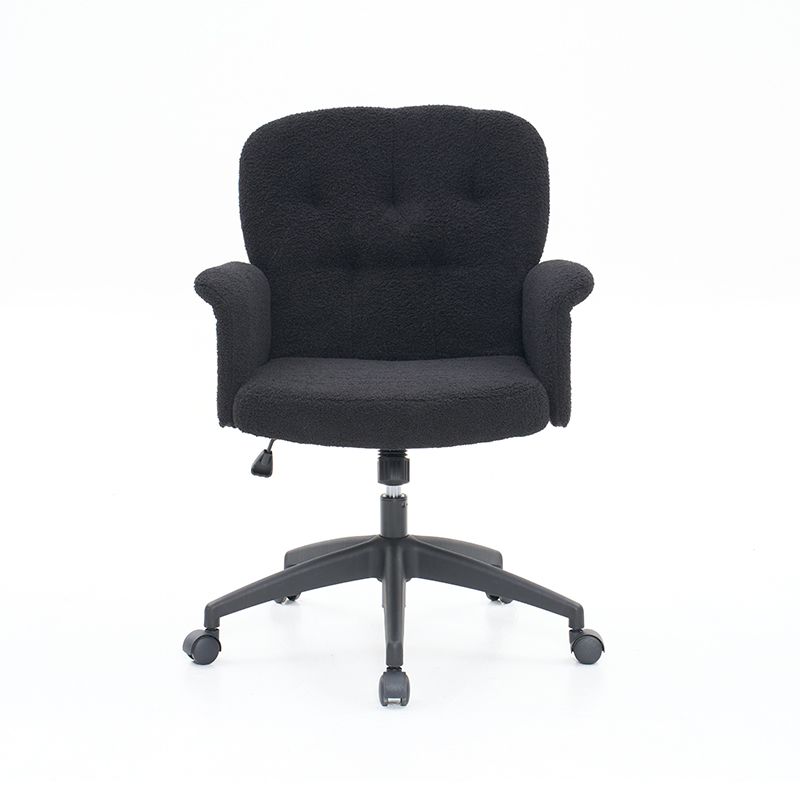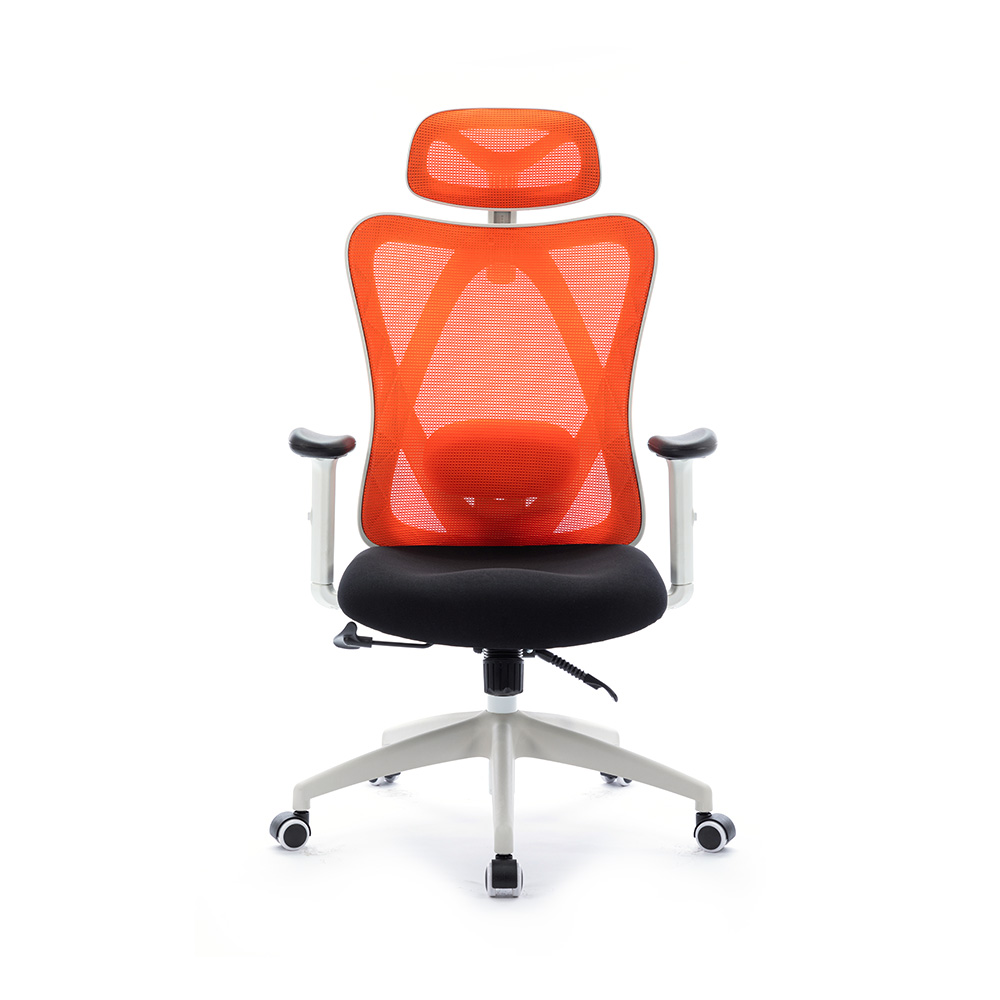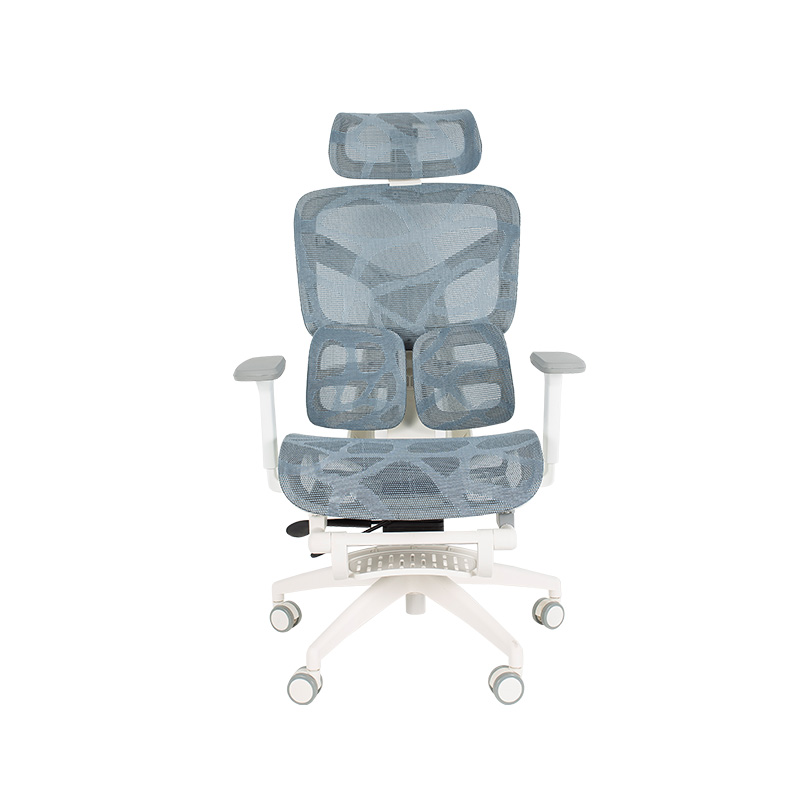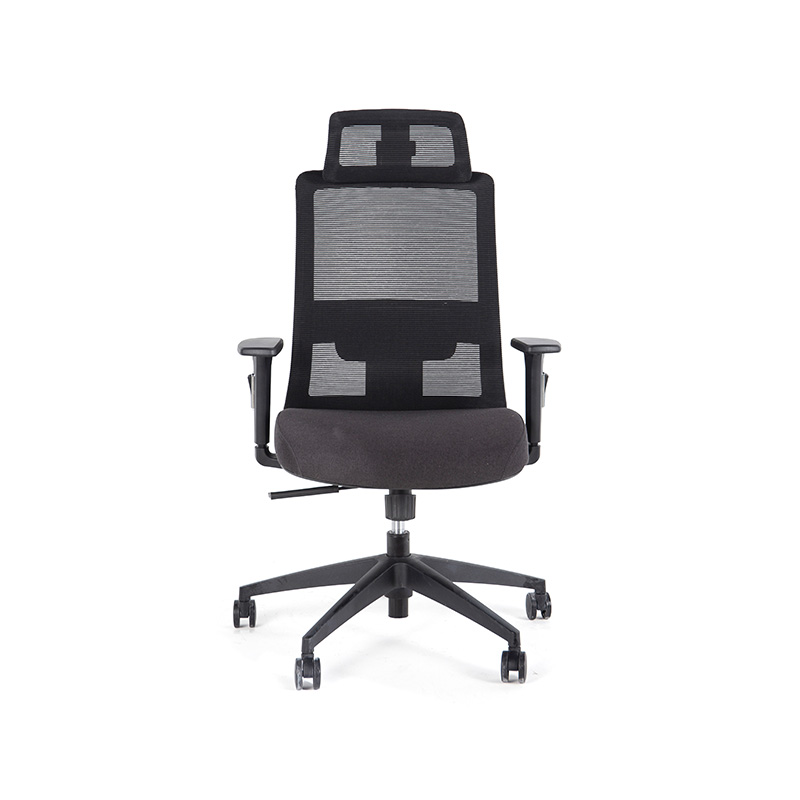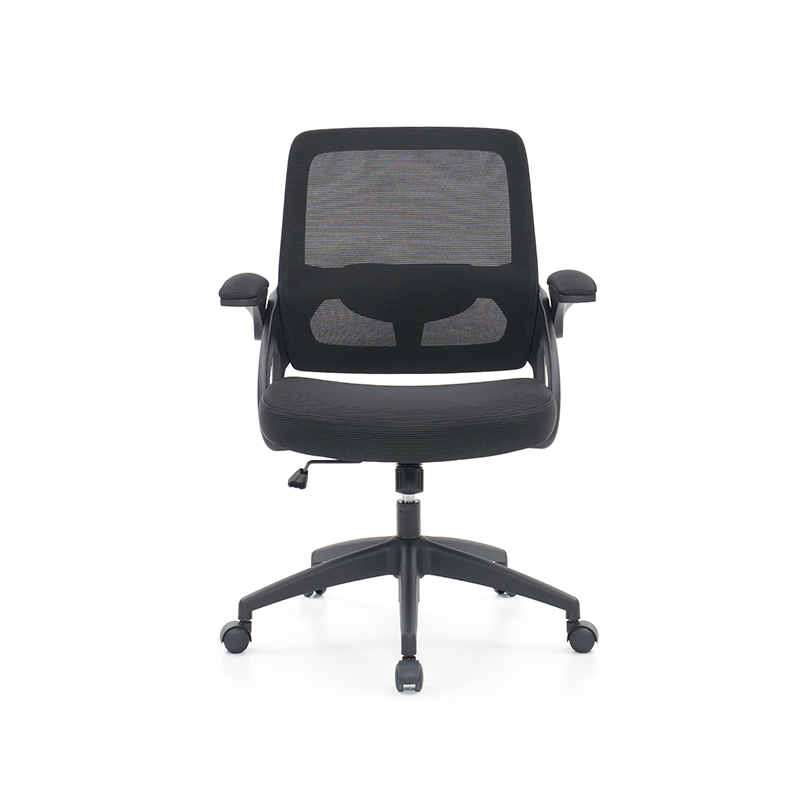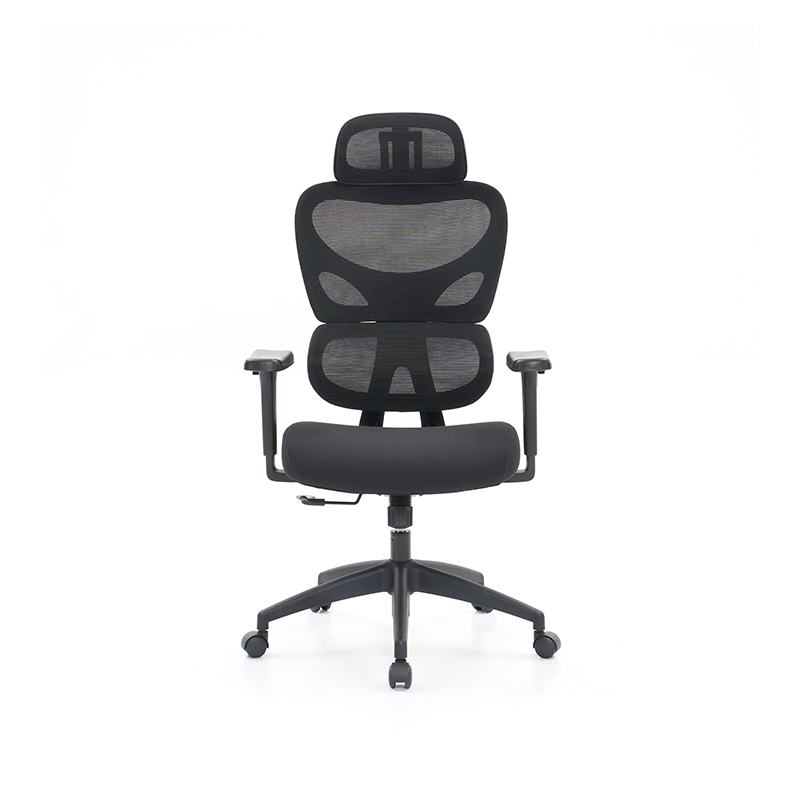The Ultimate Guide to Choosing the Right Job Chair for Your Workspace
1. The Best Ergonomic Job Chair for Long Hours: Comfort Meets Productivity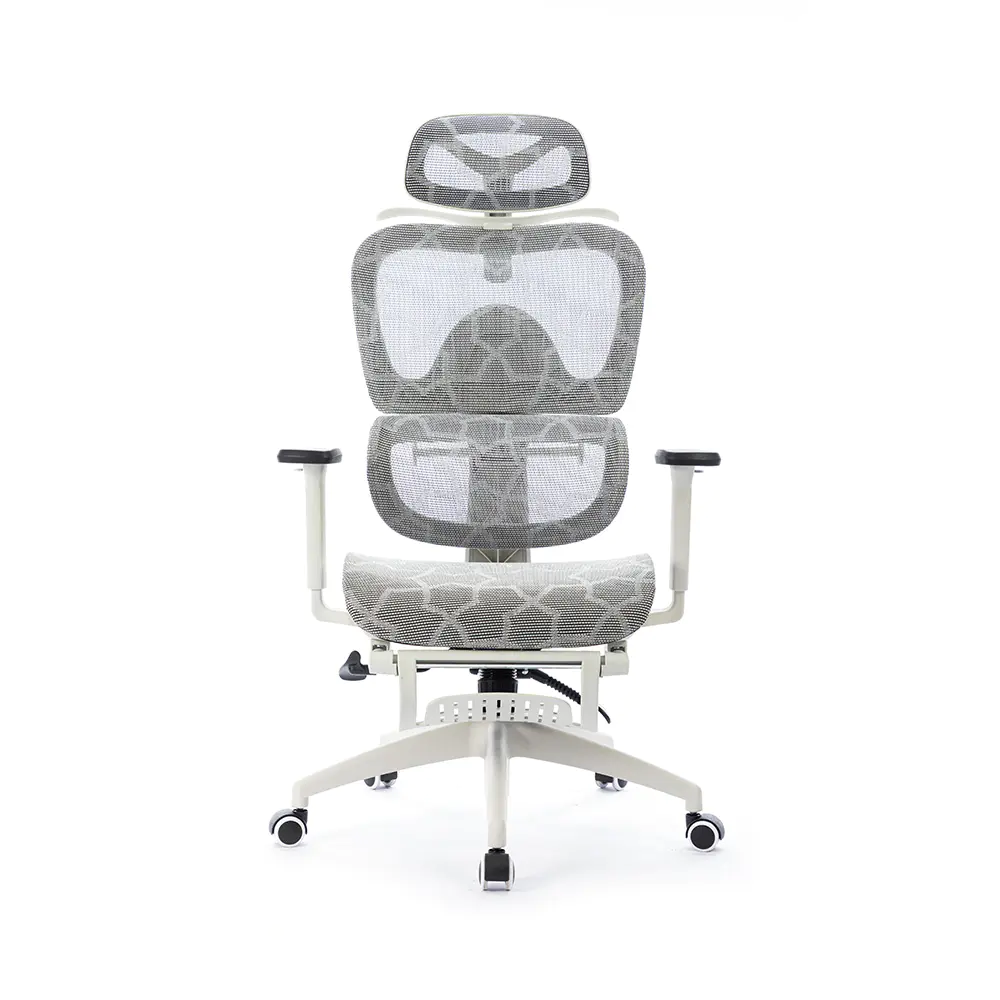
Sitting for extended periods can lead to discomfort, fatigue, and even long-term health issues. That's why investing in an ergonomic best ergonomic job chair for long hours is crucial for professionals who spend most of their day at a desk.
Why Ergonomics Matter for Extended Sitting
Poor posture and inadequate support contribute to musculoskeletal problems, including neck strain, lower back pain, and reduced circulation. A well-designed ergonomic chair aligns with the natural curvature of the spine, promoting better posture and reducing physical stress. Features such as adjustable lumbar support, seat depth, and armrests ensure that the chair adapts to the user rather than forcing the user to adapt to it.
Key Features to Look for in an Ergonomic Job Chair
Adjustable Lumbar Support: Proper lower back support prevents slouching and maintains spinal alignment.
Breathable Materials: Mesh or cushioned fabrics with ventilation prevent overheating during long sessions.
Dynamic Tilt Mechanism: A reclining feature with tension control allows for slight movement, reducing stiffness.
Armrest Adjustability: Padded, height-adjustable armrests help prevent shoulder and wrist strain.
How to Test an Ergonomic Chair Before Committing
Since comfort is subjective, the best way to determine if a chair suits you is by testing its adjustability. Ensure the seat height allows your feet to rest flat on the floor, with knees at a 90-degree angle. The backrest should follow the natural S-curve of your spine without gaps. If possible, try sitting in the chair for at least 15-20 minutes to assess long-term comfort.
By prioritizing these elements, you can find a best ergonomic job chair for long hours that enhances both comfort and work efficiency.
2. Affordable Job Chair for Home Office: Balancing Budget and Quality
Not everyone can invest in a high-end office chair, but that doesn't mean settling for discomfort. An affordable job chair for home office should still provide adequate support without breaking the bank.
What Makes a Budget-Friendly Chair Worth It?
Cheaper chairs often cut corners on materials, but some still offer essential ergonomic features. Look for chairs with:
Basic Adjustability: At minimum, seat height adjustment is necessary.
Decent Padding: Thin cushions wear out quickly, so opt for high-density foam.
Sturdy Construction: A metal or reinforced plastic base ensures stability.
Common Pitfalls of Low-Cost Chairs and How to Avoid Them
Many inexpensive chairs lack proper lumbar support, leading to back pain over time. Others use weak casters or flimsy mechanisms that break within months. To avoid these issues:
- Check weight capacity to ensure durability.
- Avoid chairs with fixed armrests if you need flexibility.
- Read reviews focusing on long-term use rather than initial impressions.
Smart Alternatives to Traditional Office Chairs
If a fully ergonomic chair is out of budget, consider hybrid options like kneeling chairs or balance balls for short-term relief. However, for prolonged sitting, a well-padded, adjustable affordable job chair for home office remains the best choice.
3. Adjustable Height Job Chair for Desk Work: Finding the Perfect Fit
One size does not fit all when it comes to seating. An adjustable height job chair for desk work ensures that users of different heights can maintain proper posture.
The Science Behind Seat Height and Posture
When a chair is too high, feet dangle, increasing pressure on the thighs. If too low, the knees bend awkwardly, straining the hips. The ideal position keeps feet flat, knees at 90 degrees, and arms level with the desk.
Types of Height Adjustment Mechanisms
Pneumatic Lever: The most common and user-friendly option, allowing smooth height changes.
Manual Crank: Less convenient but more durable for heavy-duty use.
Fixed Height: Rare in office chairs but sometimes seen in stools—avoid for long sitting.
Additional Adjustments for Optimal Comfort
Beyond height, look for chairs with tilt tension control, seat depth adjustment, and swivel capabilities. A truly adaptable adjustable height job chair for desk work will cater to both tall and short users seamlessly.
4. Job Chair with Lumbar Support for Back Pain: A Must-Have for Spinal Health
Chronic back pain is a common complaint among desk workers, often due to poor seating. A job chair with lumbar support for back pain can make a significant difference.
How Lumbar Support Prevents Back Problems
The lumbar spine naturally curves inward, but slouching flattens this curve, straining muscles and discs. Proper lumbar support maintains this curve, distributing weight evenly.
Different Types of Lumbar Support
Built-in Fixed Support: Found in basic chairs; may not suit all body types.
Adjustable Support: Allows customization for individual comfort.
Dynamic Support: Moves with the user, ideal for active sitting.
Complementary Features for Back Pain Relief
A chair alone isn't enough—pair it with:
- A footrest if feet don't reach the ground.
- Regular standing breaks to reduce pressure on the spine.
- Exercises to strengthen core muscles.
Investing in a job chair with lumbar support for back pain is a proactive step toward long-term well-being.
5. Durable Job Chair for Heavy Weight Users: Strength and Stability
Standard office chairs often fail under heavier weights, leading to safety hazards. A durable job chair for heavy weight users requires robust construction.
Key Features for High-Weight Capacity Chairs
Reinforced Frame: Steel or heavy-duty aluminum ensures stability.
Wide Seat Base: Distributes weight evenly, preventing sagging.
Industrial-Grade Casters: Larger wheels with strong bearings support movement.
Testing Durability Before Purchase
Check for:
- Weight capacity (at least 300 lbs for safety).
- Warranty coverage for frame and mechanism.
- User reviews from people with similar body types.
A durable job chair for heavy weight users isn't just about comfort—it's about safety and longevity.
Contact Us

 English
English 中文简体
中文简体 عربى
عربى




